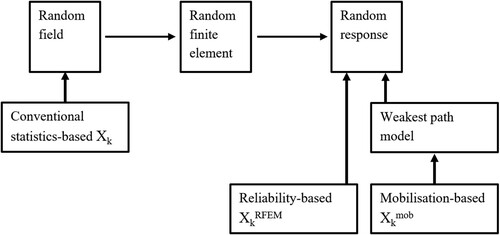Figures & data
Figure 1. Results of standard penetration tests in London and Lambeth clays, with engineers’ interpretation of the characteristic value (Bond and Harris Citation2008).
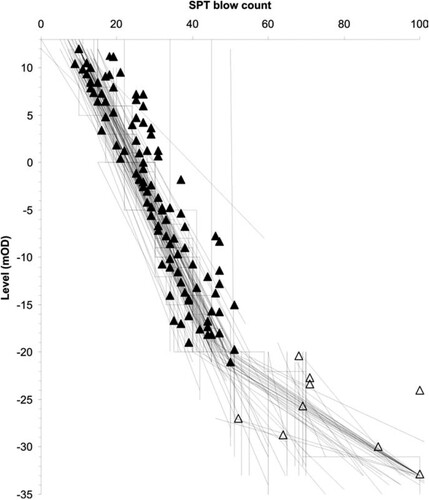
Figure 2. Outcome of equations (1) to (4) for COV = 10% (left) and 30% (right) with respect to number of samples. The multiplier on the mean is the factor , and the partial factor on mean is the inverse.

Figure 3. Outcome of equations (1) to (4) for n = 4 and 10 with respect to COV. The multiplier on the mean is the factor , and the partial factor on mean is the inverse.

Table 1. Three-tier classification scheme of soil property variability for reliability calibration (Source: Table 9.7; Phoon and Kulhawy Citation2008).
Table 2. Geotechnical resistance factors for the ultimate limit state (ULS) and serviceability limit state (SLS) appearing in .2 of the 2014 Canadian Highway Bridge Design Code (CHBDC) (CAN/CSAS614:Citation2014). Numbers are for illustration only – the 2014 CHBDC must be consulted for the actual factors (Source: ; Fenton et al. Citation2016).
Table 3. Undrained uplift resistance/deformation factors for LRFD (Phoon, Kulhawy, and Grigoriu Citation2003a).
Figure 6. In situ effective vertical stress (solid line), preconsolidation profile (dashed line), and final stress state (dotted line) for the settlement example. The square markers indicate the preconsolidation pressure values from the oedometer tests. The groundwater table at 1.5 m depth is indicated by a dashed dotted line.
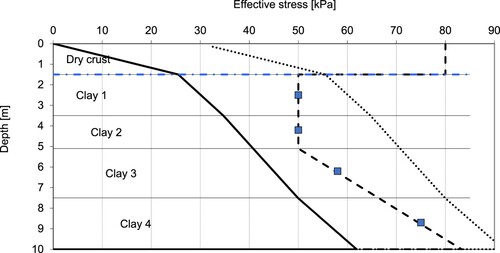
Table 4. Water content and the deformation properties obtained from oedometer tests.
Table 5. Combinations for simple statistical characteristic value calculations.
Figure 7. Influence of number of samples a) and comparison of different sets of characteristic values for n = 4 b) to the ratio between characteristic and best estimate settlement.

Figure 8. Reliability based characteristic settlement calculations. The influence of positive vs. negative correlation a), the influence of normal vs. log normal distributions b), comparison of RBD vs. ERD characteristic settlement calculations c) and comparison of simple static and RBD/ERD characteristic settlement calculations for n = 4.
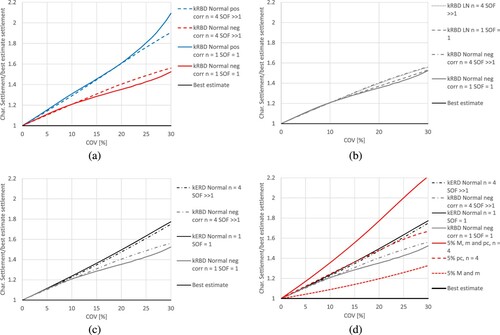
Table 6. Example of empirical deformation factors (herein defined as multipliers applied to best estimate settlement) depending on the level of understanding and consequence of exceeding the serviceability limit state.
Figure 9. a) Resistance factors (Fenton et al. (Citation2016) and b) partial factors (Länsivaara and Knuuti Citation2015) depending on the level of understanding and consequence of failure.
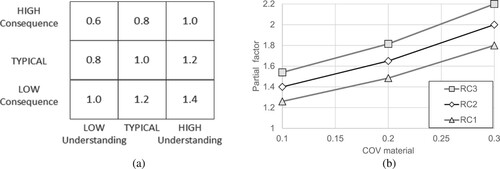
Table 7. Definition of Geotechnical Categories (GC) based on Consequence Classes (CC) and Geotechnical Complexity Classes (GCC) according to draft prEN-1997-1 (CEN Citation2020).


